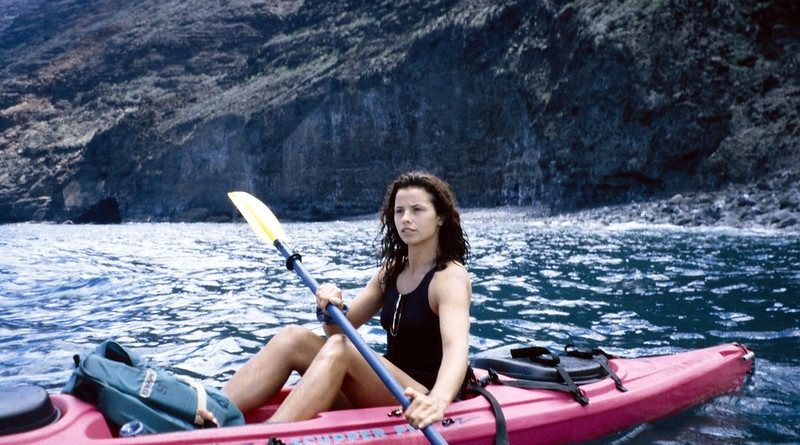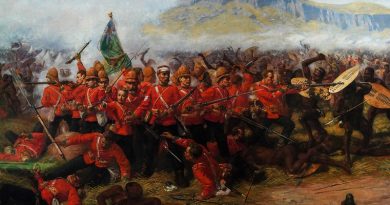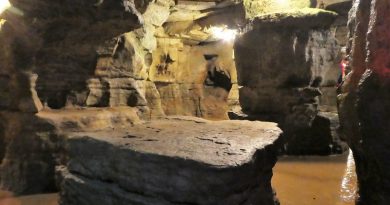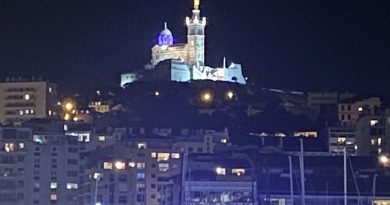HAWAIIAN VOYAGING CANOES
The Polynesian migration to Hawai‘i was indeed part of one of the most fascinating movements on earth: the discovery and settlement of the remote, widely scattered islands of the central Pacific. This migration began more than 2,000 years ago. While Europeans were sailing close to the coastlines of continents before developing navigational instruments that would allow them to venture onto the open ocean, voyagers from Fiji, Tonga, and Samoa began to settle islands in an ocean area of over 10 million square miles.
This migration across the Pacific spanned over a thousand years to complete and involved finding and remembering the position of islands, sometimes less than a mile in diameter on which the highest landmark, literally, was a coconut tree… By the time the revered European explorers entered the Pacific Ocean in the 16th century almost all the habitable islands had been settled for hundreds of years.
The voyaging was done in canoes built with tools of stone, bone, and coral. The canoes were navigated without instruments by expert seafarers who depended on their observations of the ocean and sky and traditional knowledge of the patterns of nature for clues to the direction and location of islands. The canoe hulls were dug out from tree trunks with adzes or made from planks sewn together with cordage of coconut fiber twisted into strands and braided for strength. Cracks and seams were sealed with coconut fibers and sap from breadfruit or other trees. An outrigger was attached to a single hull for greater stability on the ocean; two hulls were lashed together with crossbeams and a deck added between the hulls to create double canoes capable of voyaging long distances.
The canoes were either paddled, when there was no wind, or sailed, when the winds were up. The sails were woven from coconut or pandanus leaves. These vessels were seaworthy enough to make voyages of over 2,000 miles along the longest sea roads of Polynesia, which is the one between Hawai‘i and Tahiti. And though these double-hulled canoes had much less carrying capacity than the broad-beamed ships of the European explorers, the Polynesian canoes were faster. One of Captain Cook’s crew noted that a Tongan canoe could sail “three miles to our two”.
Sea voyaging was by no means easy. There was always a danger of swamping or capsizing in heavy seas, of having sails ripped apart, masts and booms broken by fierce winds, of smashing the hulls against unseen rocks or reefs. The voyagers were exposed every day for hours on end to the elements: sun, winds, salt water and rain, with only leaves over their heads for protection or just minimal clothing. Stormy nights at sea, even in the tropical ocean, can be brutally cold. If supplies ran short during a long voyage, and no fish or rainwater replenished them, starvation loomed and many a times, countless voyagers died during the passage.
A voyage of such magnitude was a physical, mental and spiritual challenge. The central figure was the navigator operating without compass or chart. To navigate miles of open ocean required an extensive and intimate knowledge of the ocean and sky. These sailing masters hit their destinations with as much precision as the most expert navigators of civilized nations could achieve. To keep track of their position at sea during long sea voyages, the navigators used a system of dead reckoning – memorizing the distance and direction traveled until the destination was reached.
Finding islands before they could actually be seen was also part of the art of navigation. Voyagers followed the flight of land-dwelling birds that fished at sea as these birds flew from the direction of islands in the morning or returned in the evenings. The navigators also watched for changes in swell patterns, cloud piled up over land, reflections on clouds from lagoons, and drifting land vegetation.
The ancient sailing canoes were deep enough to track well while sailing across the wind. The rounded-sided V hulls of Tahiti and Hawaii are evidence that the windward efficiency of this shape was known to ancient canoe master builders and that the knowledge had been carried over generations.
The most widely distributed and presumably most ancient sail was a triangle made up of strips of fine matting sewn together and mounted to two spars, one serving as a mast; the other, as a boom, usually more slender and either straight or slightly curved. In Hawaii, after the two-way voyages ceased in the 14th century, the need shifted from voyaging canoes to large canoes for chiefly visits and warfare with the island group. This resulted in changes in canoe design. For these short coastal and inter-island trips, paddling was preferential. Chiefs travelled with their own bodyguards, the more the merrier, never certain when hospitality would turn sour; these bodyguards paddled and even prepared the chief’s own food, to avoid poisoning by the enemy.
Paddling provided great freedom of mobility, the ability to move canoes in any direction despite calms or adverse winds. The shift from sailing to a combination of paddling and downwind sailing caused a change in hull design from hulls with sufficient V-shape and depth for tracking against the wind to shallower hulls, round-bottomed aft of the mid-section, which were more maneuverable under paddles or when sailing downwind. Sails, no longer needed for working upwind, evolved to a full-bellied shape, specialized for sailing with the wind.
These were the canoes of Hawaiian chiefs who met Cook and the early European traders in the late 18th century. Europeans marveled at the workmanship accomplished with simple tools of stone and bone. Chiefs were not shy to show off; when the Cook expedition arrived off Maui in 1778, King Kahekili came out in a canoe in which all aboard were dressed in feather capes, and “singing. Paddlers of a chief’s canoe were not a scratch crew, but highly trained.
As Vancouver came to anchor at Kealakekua Bay, Kona, in 1793, HAwaiin chief Kamehameha came out to formally greet him with eleven large canoes “…with great order., according to Vancouver :
”The largest canoe being in the angular point, was rowed by eighteen paddles on each side.” The king wore “…the most elegant feathered cloak I had yet seen, composed principally of beautiful, bright yellow feathers… On his head he wore a very handsome helmet, and made altogether a very magnificent appearance. His canoe was advanced a little forward in the procession, to the actions of which the other ten strictly attended, keeping the most exact and regular time with their paddles, and inclining to the right or left agreeably to the directions of the king, who conducted the whole business with a degree of adroitness and uniformity, that manifested a knowledge of such movements and maneuvre far beyond what could reasonably have been expected. In this manner he paraded around the vessels, with a slow and solemn motion”.
As with other indigenous cultures, this part of Hawaiian ancient culture has become dangerously close to extinction. It was in the 1970s when artist Herb Kane shared his dream of reviving the Polynesian legacy of exploration, courage and ingenuity that brought the first people to Hawaii. He wanted to rebuild a double-hulled sailing canoe similar to the ones that his ancestors sailed 600 years ago. In a mutual effort that involved people from across the islands, donations, and many months of hard work, the Hokule’a was built – the Star of Gladness, named after the zenith star of the island of Hawaii (Arcturus).
In 1976, Hokule’a was launched on Hawaii to set sail to the island of Tahiti, tracing the footsteps of their ancestors. The Polynesian Voyaging Society, born out of the cultural renaissance of Hawaiian culture in the 1970s, had to look beyond Hawaii to find a traditional navigator to guide Hokule’a from Hawaii to Tahiti, as the old voyaging skills had become nearly extinct. Mau Piailug was the only traditional navigator who was capable and also willing to reach out and steer the first double-hulled sailing canoe in hundreds of years across the Pacific. When Hōkūle‘a arrived at the beach in Pape‘ete Harbor in Tahiti, over half the island’s people were there, more than 17,000 strong, and there was a spontaneous affirmation of a renewal of Polynesian spirit that lasts until today. More navigators have been trained in the ancient sea voyaging skills since, master canoe builders have returned to the ancient craft and Hokule’a has gone on to complete journeys across all of Polynesia.




